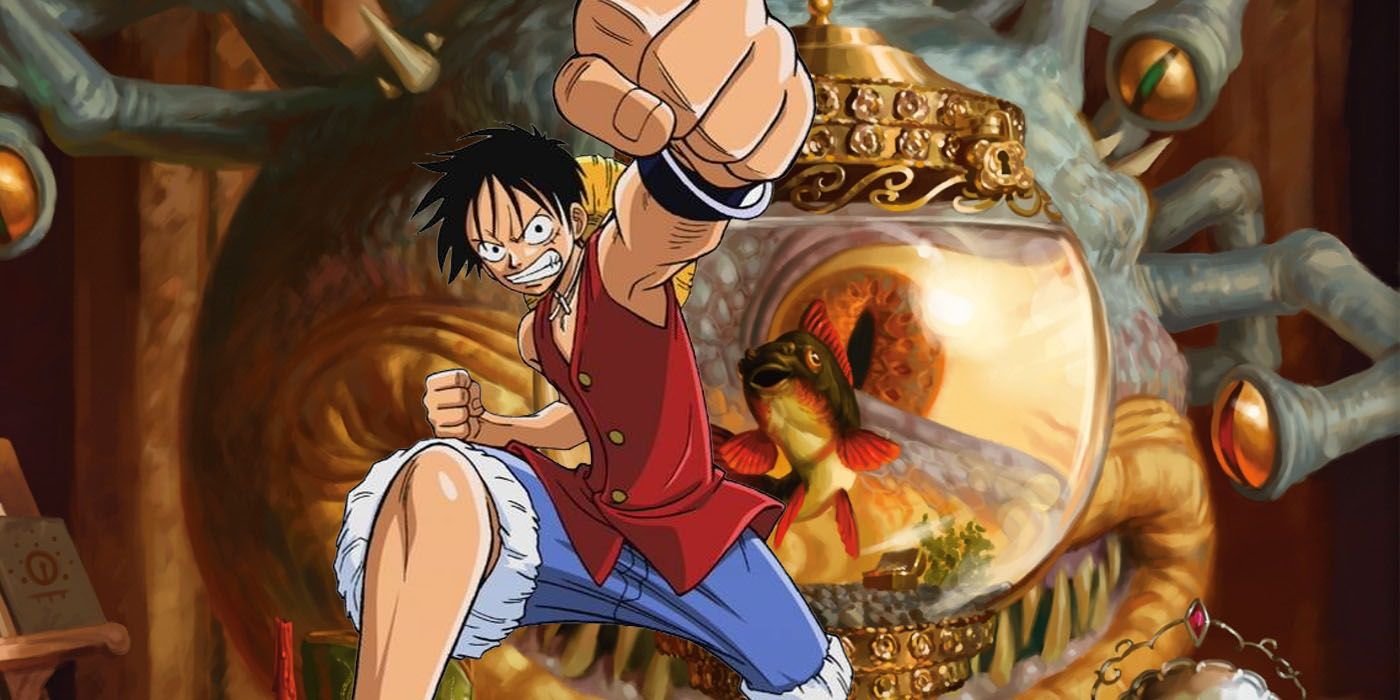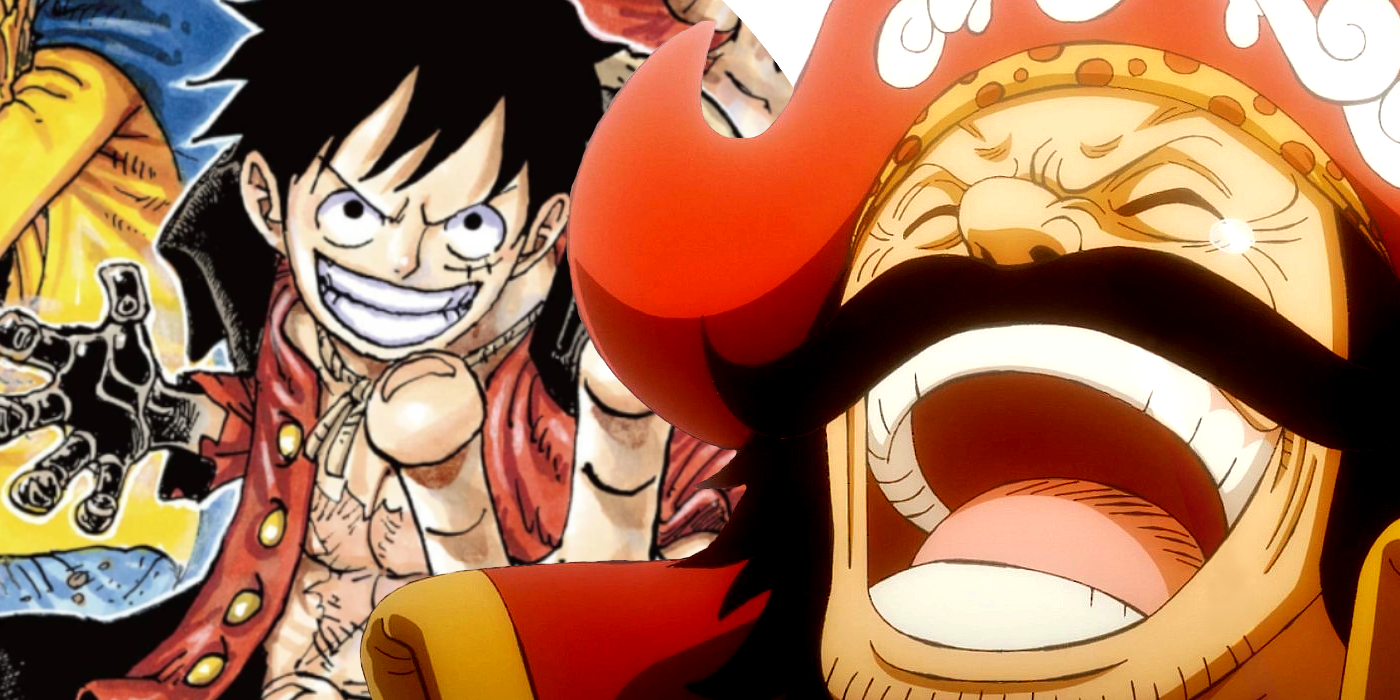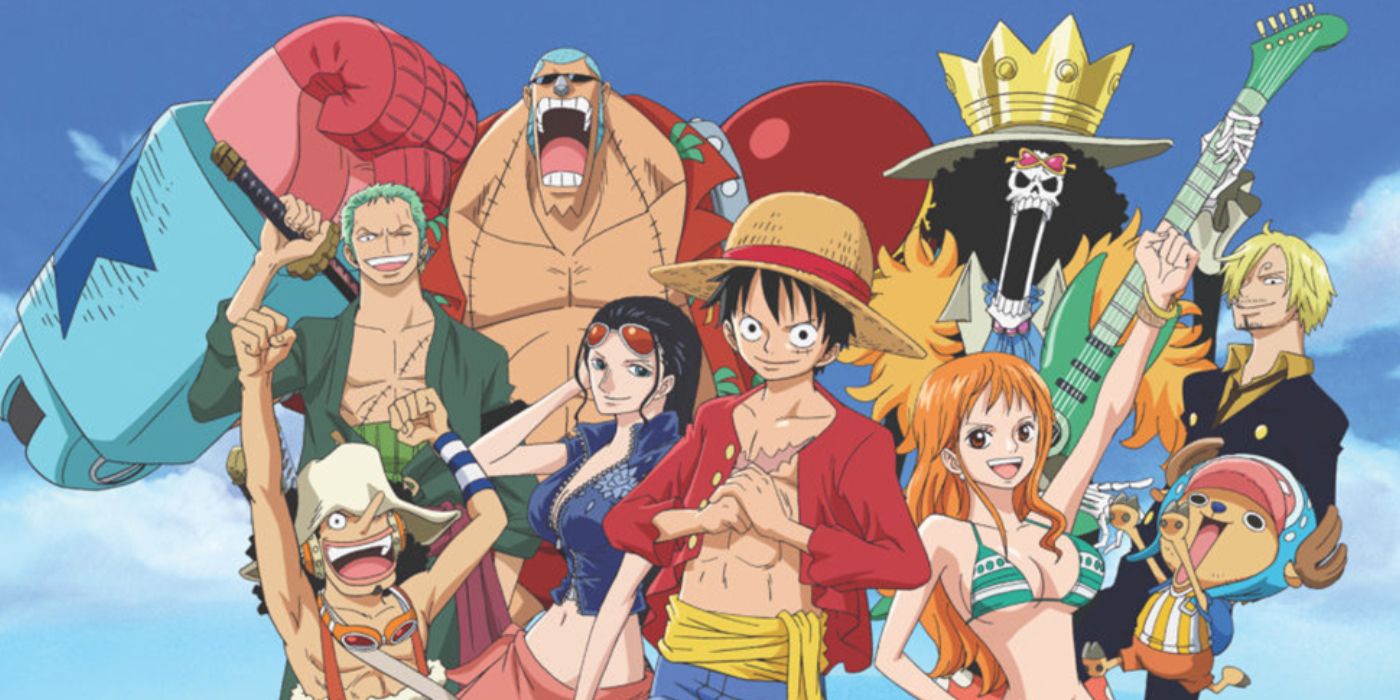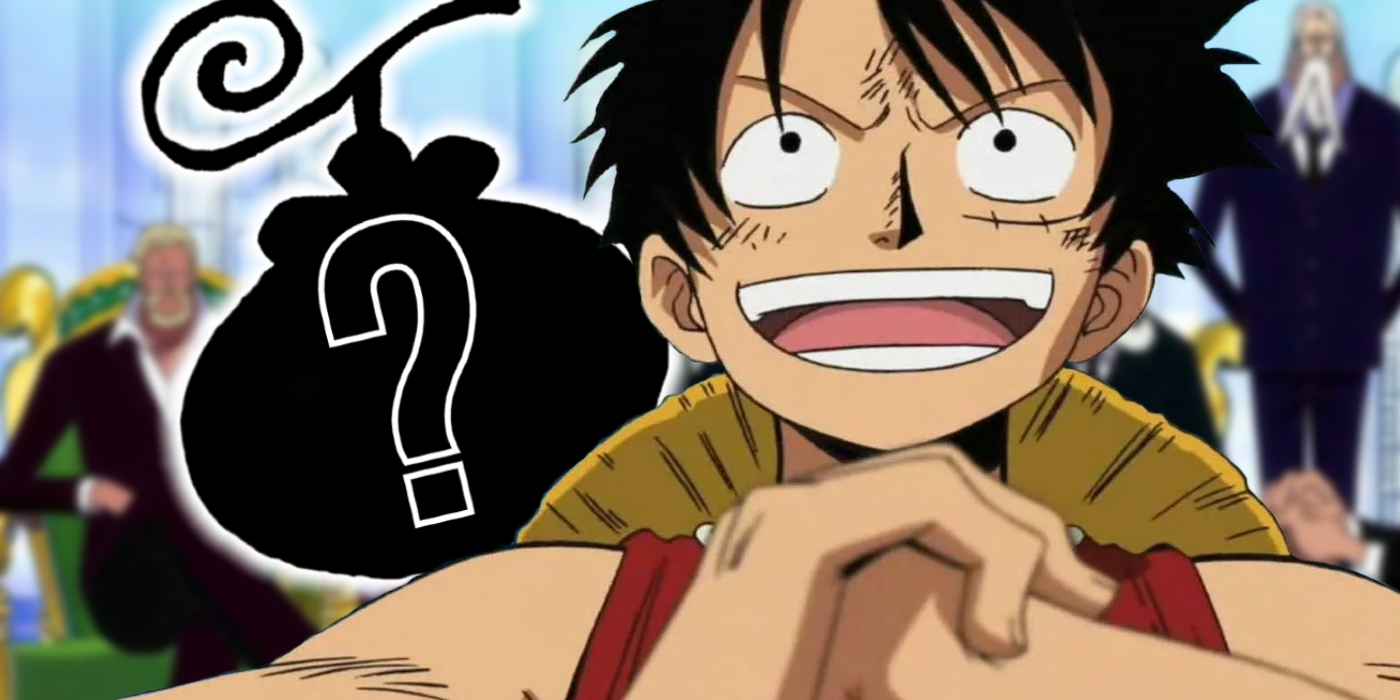The world of One Piece is a wonderful and terrifying place, filled with enemies to face, islands to explore, and buried treasures to find, and it would also make an excellent homebrew setting for Dungeons & Dragons. Although the DM would have some work on their hands adapting elements of the world to a homebrew D&D tabletop campaign, there are many elements of One Piece that lend themselves well to D&D. The manga and anime feature a pirate theme that could be adapted to a campaign of D&D, with players even taking on the role of characters from the property itself.
One Piece is the best-selling manga in history and it has slowly gathered an audience outside of Japan. The story follows Monkey D. Luffy, the captain of the Straw Hat Pirates. It's Luffy's goal to become the Pirate King, which involves traveling the mysterious waters of the Grand Line, in search of the treasure left behind by the previous Pirate King: One Piece.
There are lots of tabletop RPGs that use pirate or nautical settings and there are even D&D campaigns that take place on the high seas. The world of One Piece has lots of opportunities for adventure and there are some DMs who may wish to use it as the basis for a setting. The framework of One Piece has ideas that work really well in a D&D campaign and there are lots of concepts that can be used for an epic campaign.
One Piece In D&D - Pirate Campaign & The Search For Treasure
In the story of One Piece, the goal of the main characters is to find the mythical treasure left behind by the Gold Roger, alongside individual goals they have that are tied to this quest. It took a while for the full scope of this quest to be revealed, but it can be broken down into different stages that can be used as the foundation for a fun tabletop D&D campaign. The wider seas in One Piece are home to lesser pirates, as the major players are in a location called the Grand Line. The Grand Line can only be entered at specific locations, as its sides are guarded by powerful sea monsters.
The goal is to get inside the Grand Line and travel from island to island, as the special compass needed to travel within it needs to attune to each place. The end goal is to reach the second half of the Grand Line and decode the secret message that reveals the location of the final island, where One Piece is said to reside. The first problem is that the messages are written on stones that are in the possession of the strongest pirates in the One Piece series, who are guarded by armies of their followers. The second problem is that the messages are in a forgotten language, and studying this language is punishable by death.
One of the issues with a nautical-themed adventure in a game like D&D is that the seas provide the player the freedom to travel and explore to a greater degree than in most campaigns. In a location like the Grand Line, the party must go on pre-determined routes and visit each island in turn. The unnatural weather patterns and mysterious creatures that reside on each island can form the basis for each of the adventures, helping the players earn experience points and treasure, giving them suitable battlegrounds to face their enemies, introducing them to lots of unique, varied D&D NPCs, and environments that they explore to uncover the mysteries of the world.
The players will have lots of potential foes in their adventures. The second they fly a Jolly Roger, their activities will become illegal, and the law will want them brought to justice. There are pirates who act under the jurisdiction of the law who would see it in their best interests to take out any young upstarts. The residents of any island they visit might not take kindly to pirates. There are also other pirates to consider, with the high-ranking pirates having fleets under their control. There are lots of baked-in enemy ideas and the structure of the D&D campaign gives the DM a lot of leeways to throw them at the party in a manageable way.
One Piece In D&D - The Party Is The Crew & They Have Lots Of Enemies
In D&D, there are some groups that decide to forego an introduction and just start the campaign with the players all knowing each other. There are also frameworks in place to give new characters a reason to work together, such as by having a group patron that finances their adventures. In the case of a One Piece campaign, there is a built-in reason for the group to be together. It's the goal of one of the characters to become the Pirate King or Pirate Queen, and they act as the captain of the crew. The rest of the crew members fill out specific roles on the ship, such as first mate, doctor, chef, navigator, helmsmen, and the like. The D&D party should consider mapping out these classes beforehand and using them as the basis for their characters.
The ship aspect might provide some technical issues if the players want combat between vessels, but there are some rules in place that the DM can use for naval encounters. The Ghosts of Saltmarsh campaign has lots of rules regarding ships, including their management, naval combat, and managing environmental hazards. There are even basic maps that players and the DM can use for vessels. If DMs are especially patient, then they might want to wait for the possible return of the Spelljammer D&D campaign setting, which has been hinted at in recent Unearthed Arcana articles. Spelljammer includes all kinds of bizarre alien ships and will likely have more rules for using magic with vessels, so it would theoretically be a great resource for any D&D DM running a One Piece campaign.
Adapting One Piece's Devil Fruits & Haki To D&D
One of the most difficult aspects of trying to adapt the One Piece setting into a D&D campaign is the devil fruits. In One Piece, eating a devil fruit gives someone the equivalent of a superpower, but they lose the ability to move while submerged, turning a stumble in a pool into a potential death sentence. The One Piece world doesn't have magic in the same way as the D&D multiverse, but devil fruits can act in a similar manner.
The DM has the option to create their own devil fruits. The powers of these fruits can be emulated with existing D&D spells and the player can simply learn more of them by gaining experience. Brook's devil fruit is a textbook example of how this could work, as his soul powers could easily be mapped to a bard's build in D&D. The Logia-type devil fruits can have their powers reflected in the various elemental spells in the game, while the Zoan-type devil fruits simply give the characters an animal form and a lycanthrope form. The Paramecia-type devil fruits are so varied that their abilities would need to be worked on a case-by-case basis, and the DM might need to add some class features to their abilities.
One aspect of One Piece that is easy to adapt to D&D is haki, which is a form of energy that characters can develop over time. Busoshoku haki can be used to grant full damage resistance as a reaction or is used as an action to bolster the damage of an unarmed attack or melee weapon. Kenbunshoku haki can be used as a reaction to grant a bonus to AC or even allow the character to avoid a blow entirely. The rare Haoshoku form of haki can be used as a mass sleep or power word stun effect - spells from D&D's enchantment school of magic - on groups of weaker monsters. As haki is something that is developed over time and requires training, the DM can grant players a few "haki points" to use these abilities in combat, letting them refresh at dawn. This would give them some extra recognition as powerful characters in a dangerous Dungeons & Dragons campaign setting.




